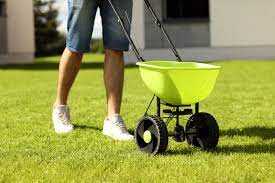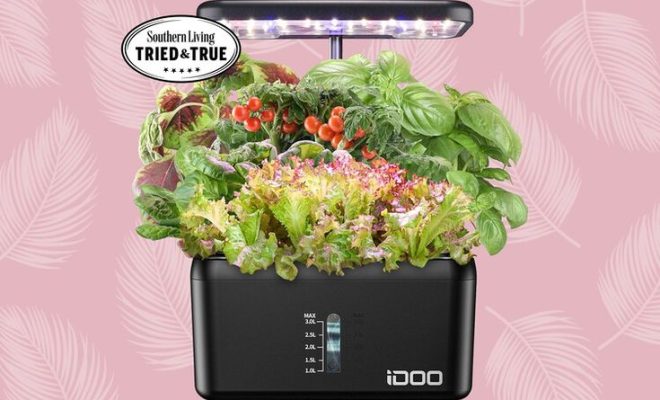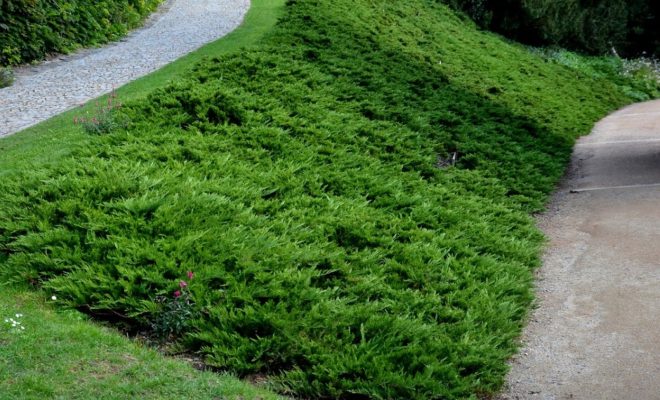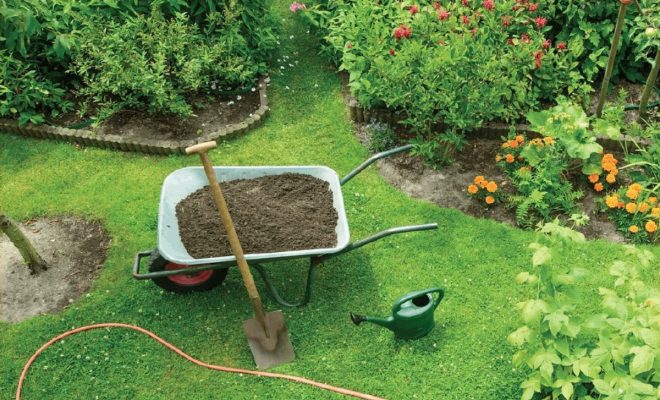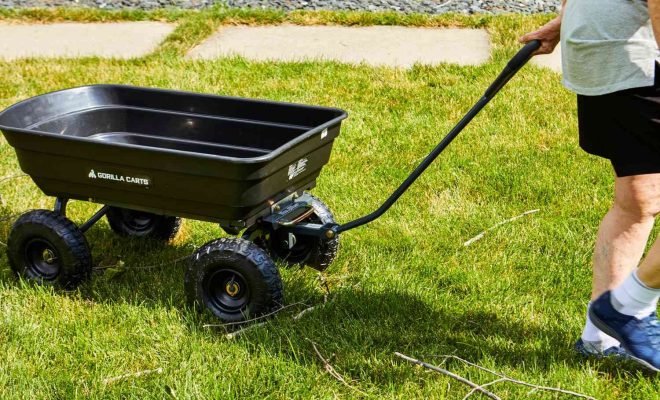The 8 Best Hedging Plants to Consider Instead of Box Hedge
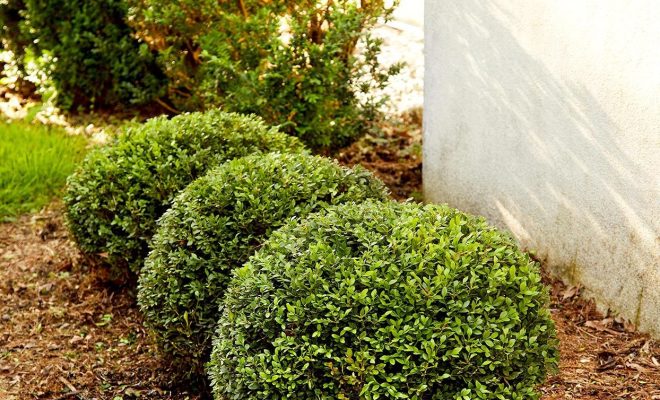
Hedging plants play a crucial role in landscaping; they provide privacy, reduce noise, and often add a touch of greenery year-round. If you’re looking for alternatives to the classic box hedge, there are plenty of other shrubs that can add diversity and resilience to your garden. Here are eight excellent hedging plants that serve as suitable substitutes:
1. Yew (Taxus baccata): Yew is an evergreen with dense foliage that can be trimmed into sharp lines, much like boxwood. It’s tough and capable of growing in a variety of soil types, although it prefers well-drained sites.
2. Holly (Ilex aquifolium): With its glossy leaves and bright red berries, holly is not only a good alternative for hedging but also offers a splash of color in the winter. Some varieties have less prickly leaves if that’s a concern.
3. Privet (Ligustrum spp.): Privet hedges are fast-growing and can form dense screens. They tolerate heavy pruning well and can be sculpted into formal shapes or more natural-looking barriers.
4. Japanese Holly (Ilex crenata): This species resembles boxwood with its small, rounded leaves, making it an ideal boxwood substitute for those desiring a similar look. It’s also quite resistant to many of the diseases that affect box hedge.
5. Portuguese Laurel (Prunus lusitanica): Portuguese Laurel boasts glossy green leaves and red stems, creating an attractive contrast. It responds well to pruning and can establish a formal look similar to traditional box hedging.
6. Western Red Cedar (Thuja plicata): While larger than traditional hedging plants, Western Red Cedar can be trimmed to maintain a desired size and shape. Its thick foliage provides excellent privacy all year round.
7. Berberis: Berberis offers vibrant foliage that ranges from green to deep reds or purples; some species even change color through the seasons. It has thorns that can add an element of security but may need careful consideration if children or pets use the yard.
8. Escallonia: If you’re looking for flowering hedges, Escallonia could be the one – with glossy foliage and flowers in shades from white to pink or red through summer or autumn depending on the variety.
When selecting the right hedge plant for your garden, consider growth rates, desired height, maintenance levels, local climate conditions, soil type, and whether you’re looking for evergreen or deciduous plants. Whichever plant you choose from this list will steer you clear of conventional box hedging while adding beauty and functionality to your landscape design.

